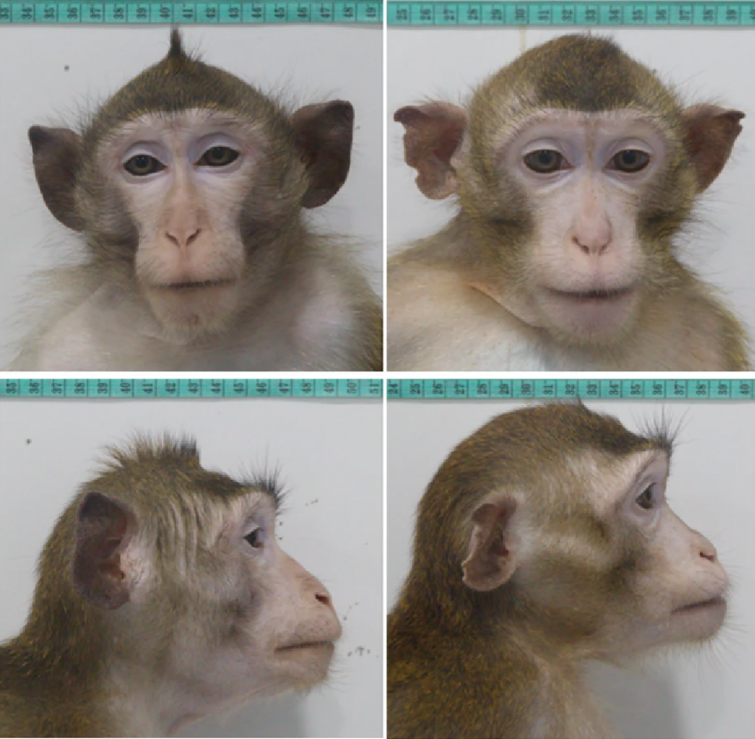In a study published in
Cell Discovery on March 7, ZHANG Yongqing's team from the Institute of Genetics and Developmental Biology (IGDB) of the Chinese Academy of Sciences, together with LI Xiaojiang's team from Jinan University, showed that mutations in the
CHD8 (
chromodomain helicase DNA binding protein 8) gene lead to an abnormal increase in glial cells in cynomolgus monkeys at the early stage of brain development, resulting in large head malformation or macrocephaly.
Autism is a group of neurodevelopmental disorders affecting about 0.7% of children in China. Mutations in the CHD8 gene are closely associated with autism spectrum disorders and have been shown to cause macrocephaly in some individuals with autism when heterozygous. Small animal models have provided inconsistent findings regarding the mechanism of CHD8 deficiency-mediated macrocephaly. Pathologic studies have not been reported in patients with CHD8 mutations. Therefore, the pathogenic mechanism of how CHD8 mutations lead to macrocephaly is unclear.
The proliferation, development, and maturation of neuronal and glial cells determine the formation and volume of the brain. Previous studies in mouse models have suggested that macrocephaly is associated with an abnormally increased number of neuronal cells. However, the ratio of glial cells to neurons in the mouse brain is much lower than that in the primate brain, and glial cells are important for the formation and the function of the primate brain. The non-human primate monkey model is much closer to humans in terms of brain structure and function.
The researches thus established CHD8 mutant monkeys by CRISPR/Cas9 gene targeting, and found an increased number of glial cells (astrocytes and oligodendrocytes) in the brains of CHD8 mutant monkeys, while the number of neurons was not significantly affected.
They suggest that glial cell overproliferation may cause an increase in brain white matter volume, leading to macrocephaly. Glial cell overproliferation may also impair the function of neural circuits and thus affect the emotional-cognitive function of autistic patients. The study of the CHD8 mutant monkey model provides new ideas and targets for early interventions in autistic patients.
This study is a new achievement of the collaboration between two teams of Profs. ZNANG and LI. Since the SHANK3 gene mutation can also cause autism, the two teams previously established the first SHANK3 gene edited monkey model of autism using CRISPR/Cas9 technology in 2017, and found that SHANK3 can specifically regulate primate embryonic brain development.
The discovery of the CHD8 mutant monkey model in the present study further underscores the need to use non-human primate models to study the pathogenesis of autism.
Macrocephaly in CHD8 mutant monkey M3. (Image by IGDB)





